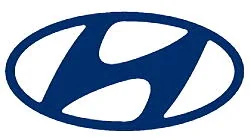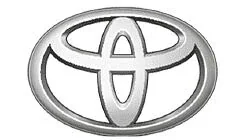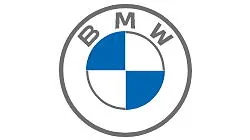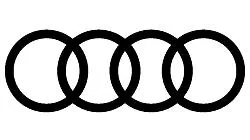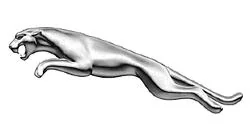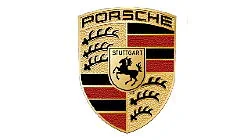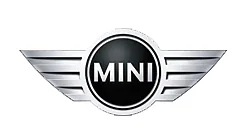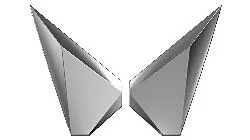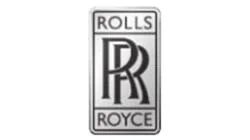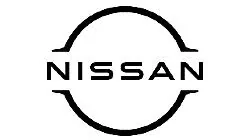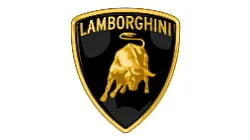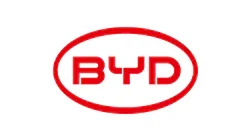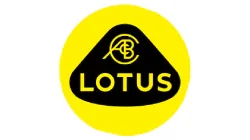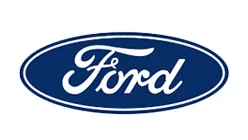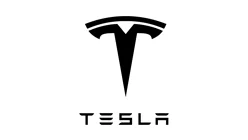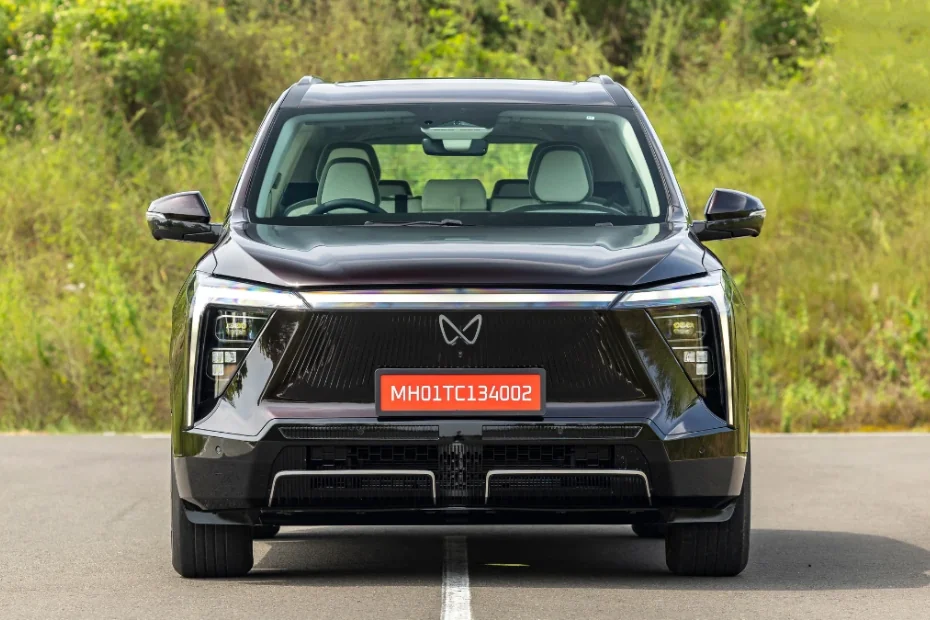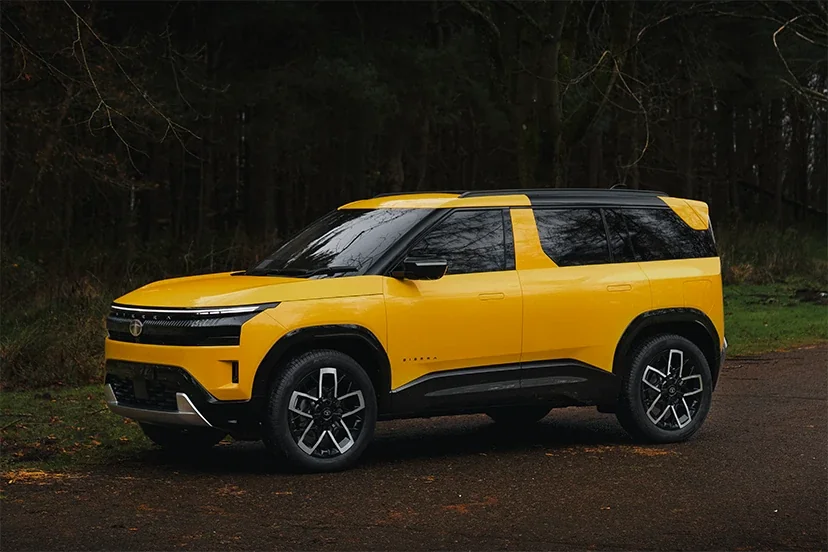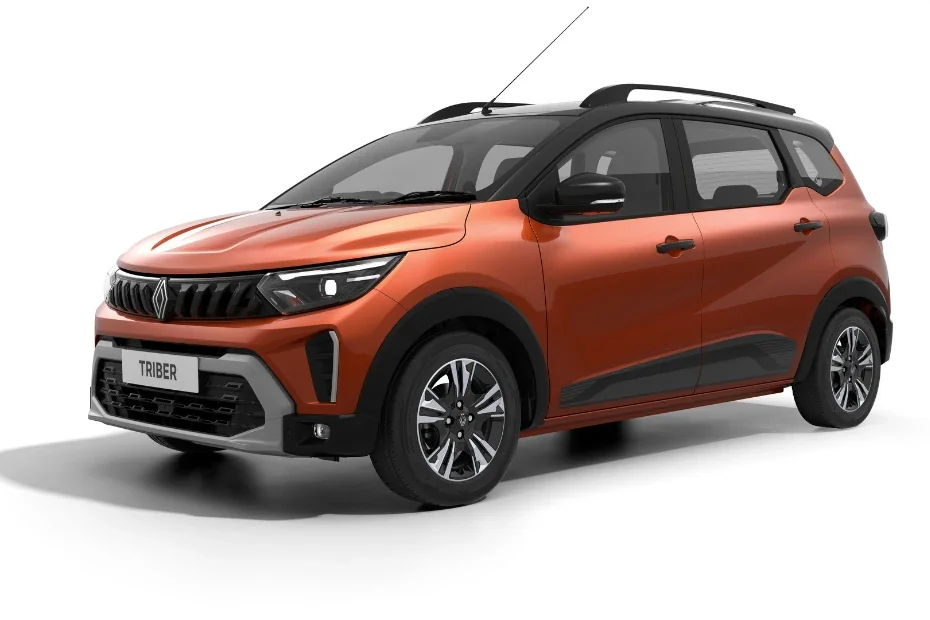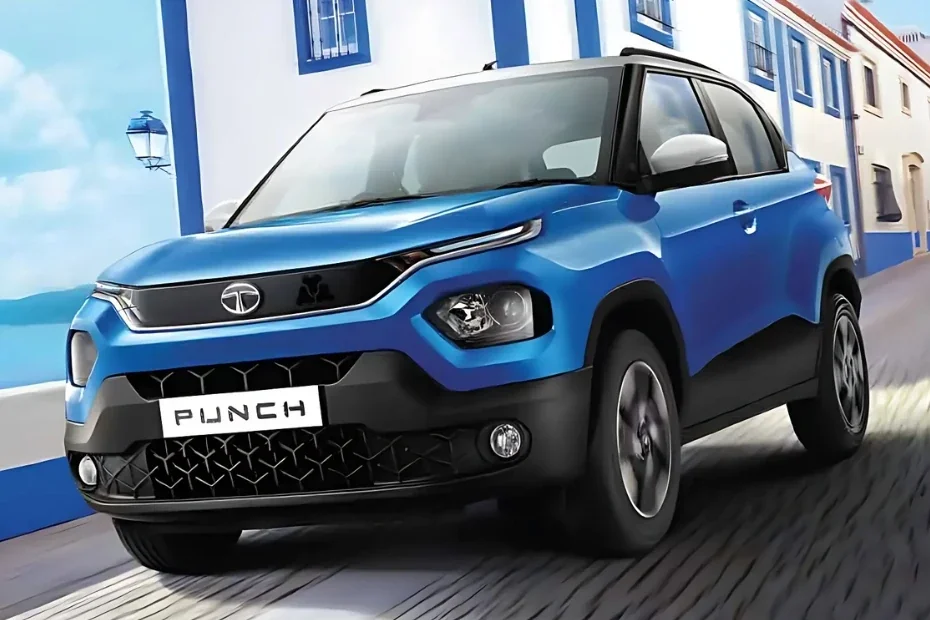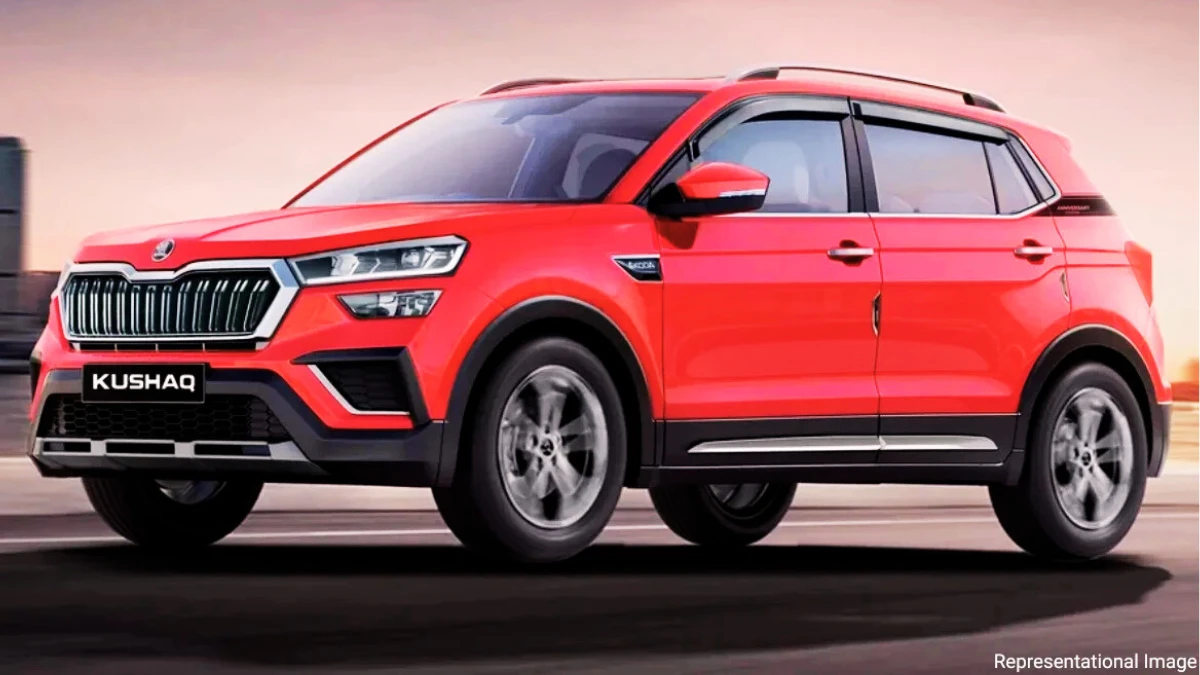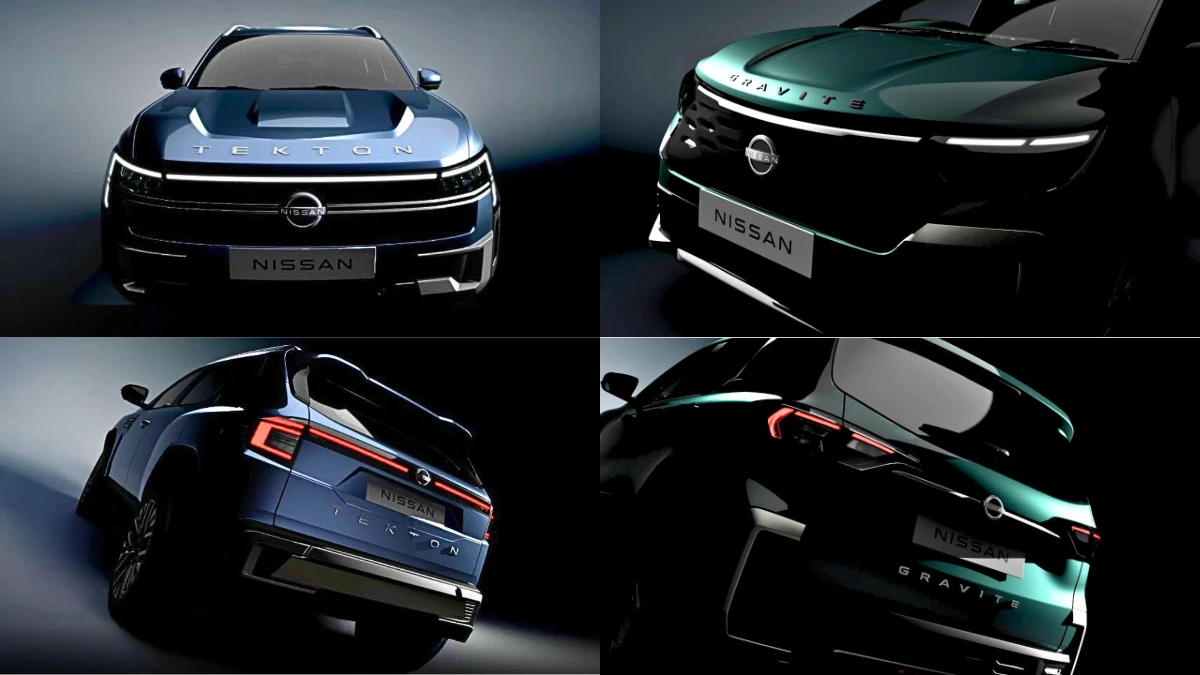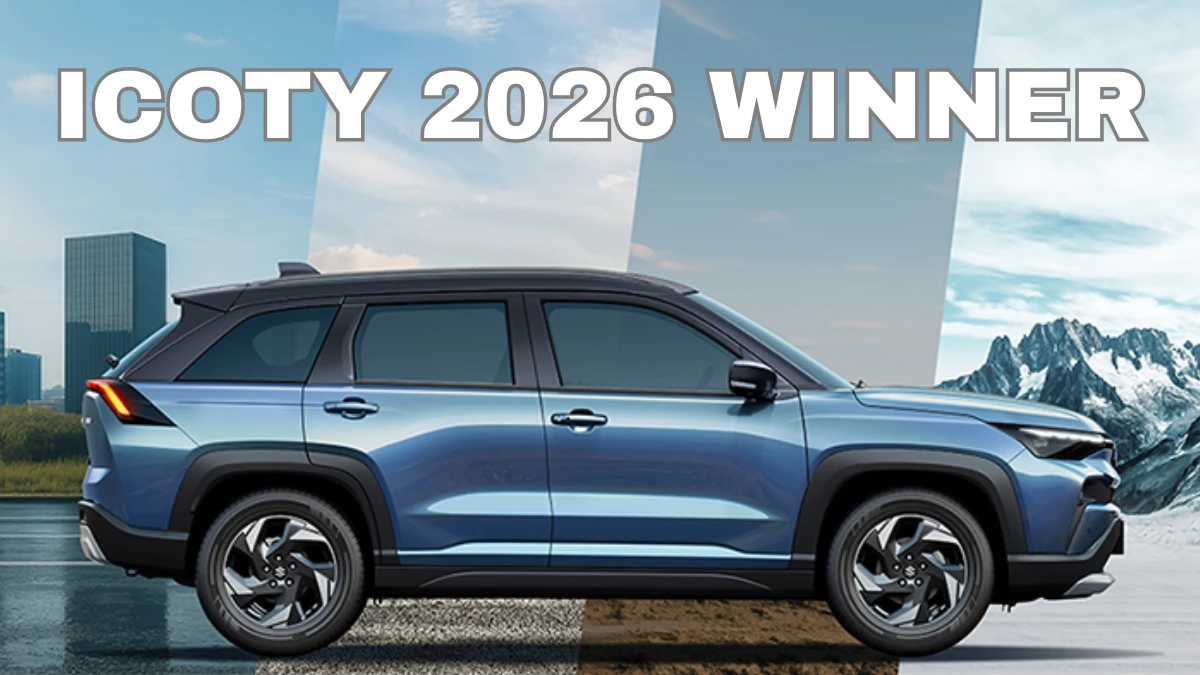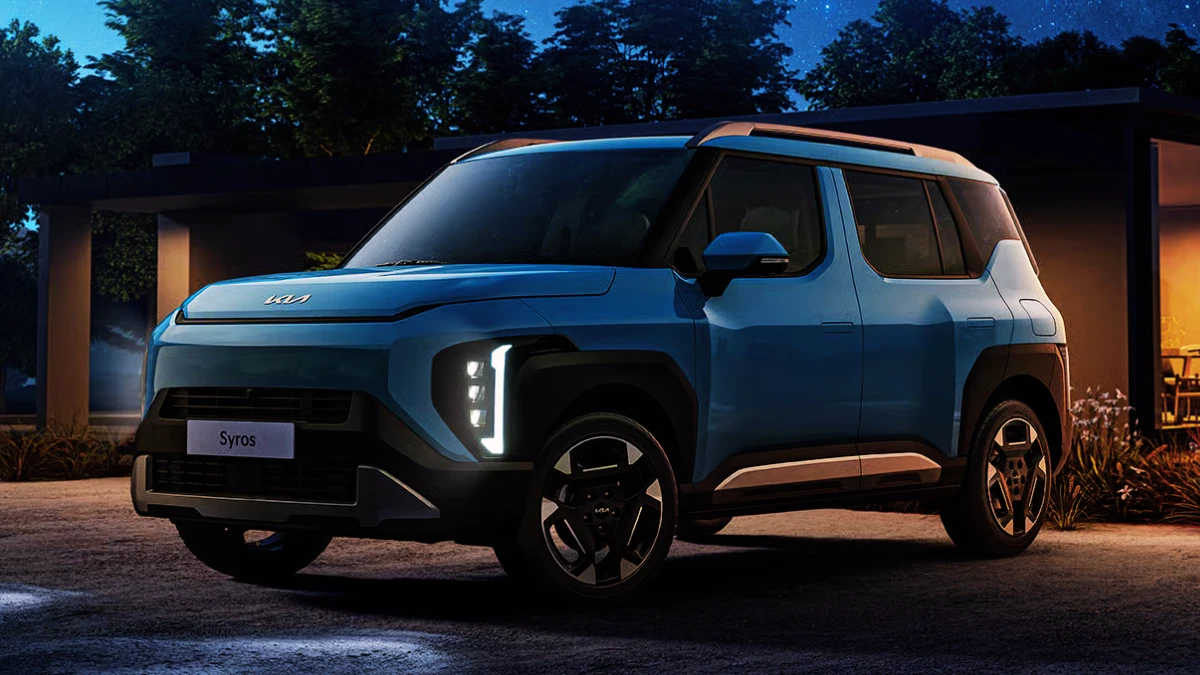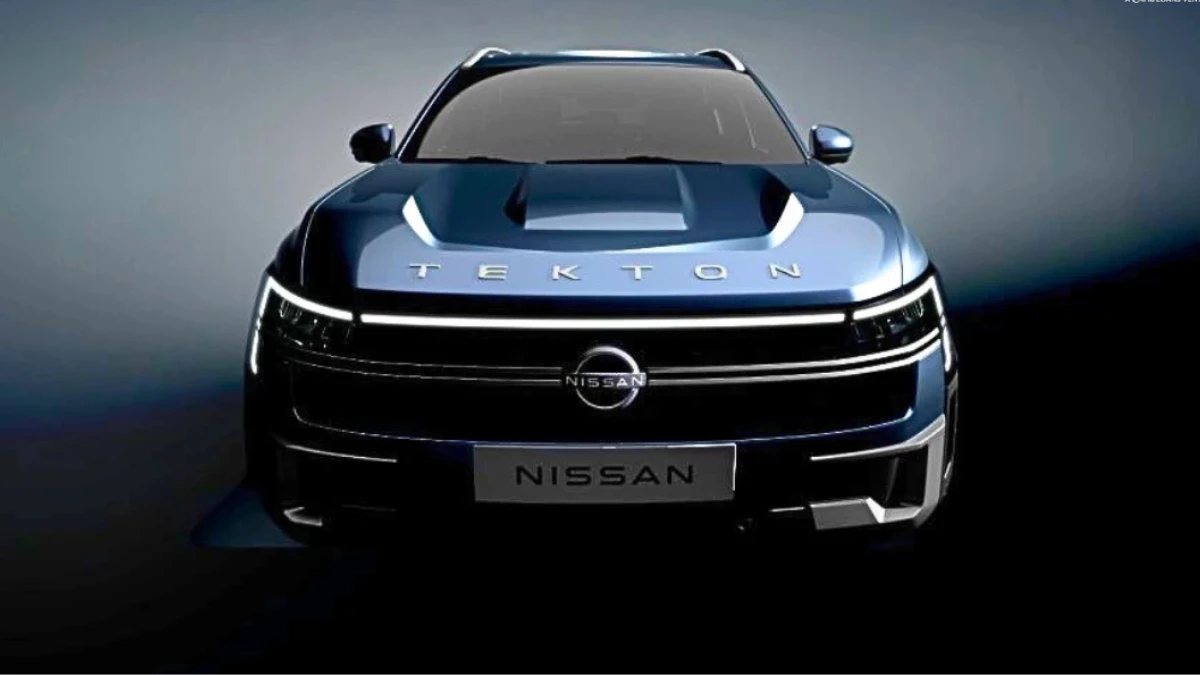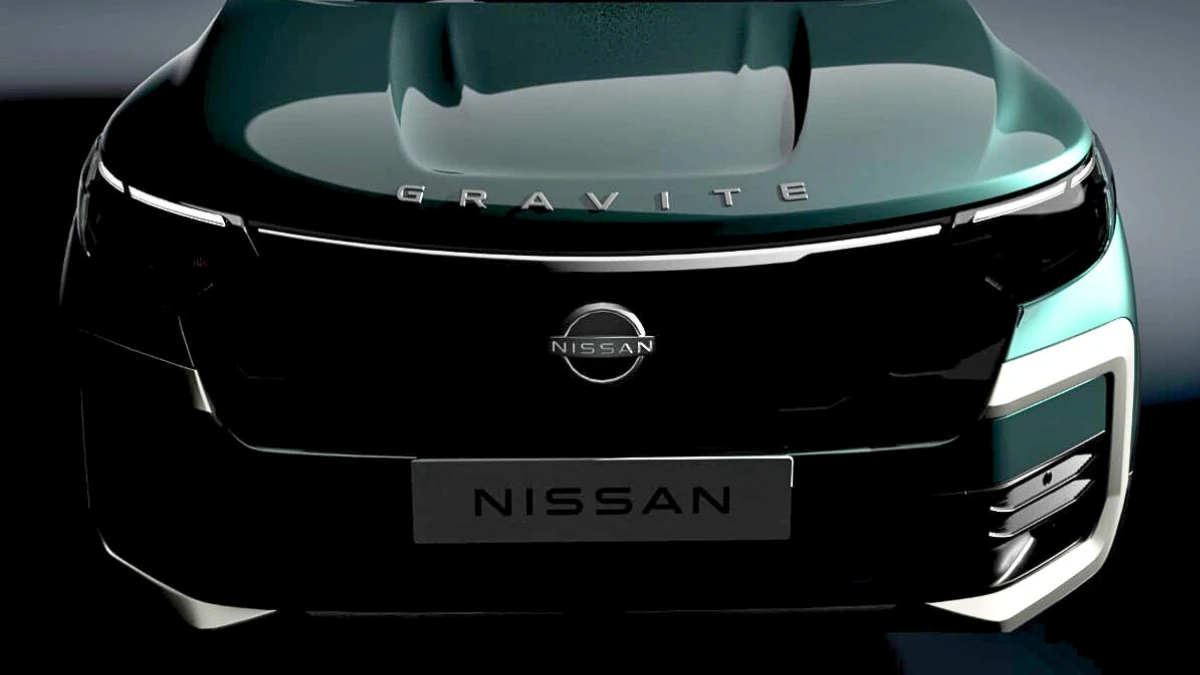
Former Tata Group chairman Ratan Tata has left a lasting imprint on the Indian automotive industry. He was instrumental in developing several iconic cars, including the Indica and the Nano, as well as the acquisition and growth of Jaguar Land Rover. His vision and business style transformed Tata Motors into a key player in the Indian and global automotive markets.
Man with a Vision
Ratan Tata took the reins of Tata Group in 1991, leading the company into new markets and expanding its portfolio. His approach was characterised by innovation, quality and a focus on customer needs. Under his leadership, Tata Motors launched the Tata Indica in 1998, India's first passenger car designed and produced entirely in the country. It quickly gained popularity, selling over 1 million units by 2008, marking a significant milestone for domestic automotive manufacturing. Notably, the Tata Nexon is based on the revised Tata X1 platform that was first used in the 1998 Indica model.
The Nano Dream

The Tata Nano was a bold project for him, aimed at creating the world's most affordable car at ₹1 lakh for the masses. Launched in 2008, the Nano symbolised Tata's commitment to making car ownership accessible to everyone, particularly lower-income families. It received 10,000 bookings in the first week alone, to produce 20,000 units per month. Despite facing production challenges and selling around 250,000 units, the Nano represented a significant attempt to rethink mobility in India. It was more than just a car; it was a vision of affordable transportation that showcased Tata's dedication to innovation and social impact.
Commitment to EVs
He was a strong advocate for sustainable mobility. Under his guidance, Tata Motors began investing in EVs to lead the shift towards greener transportation. The company introduced the Tata Nexon EV in 2020, which quickly became one of India's best-selling electric cars. Tata's vision for EVs focuses on making them accessible and practical for everyday use, aligning with global trends towards sustainability.

One of the upcoming models is the Tata Sierra EV, which Ratan Tata expressed great enthusiasm for. He described the Sierra as a significant step towards a modern electric vehicle that retains the essence of the original ICE model launched in 1991. Tata emphasised the importance of blending nostalgia with advanced technology, aiming to capture the hearts of both old and new customers. He envisioned the Sierra EV as a vehicle that would reflect Tata's commitment to sustainability while also delivering on style and performance.
Safety First

Ratan Tata prioritised safety in cars. Under his leadership, Tata Motors implemented stringent safety measures, resulting in vehicles like the Tata Nexon and Tata Altroz receiving five-star ratings from Global NCAP. This focus on safety has made Tata cars some of the safest in India, enhancing customer confidence and setting new standards for the industry. Other Tata models that earned five-star ratings include the Tata Punch and Tata Harrier, showcasing the brand's commitment to safety across its range.
Global Expansion with JLR

Ratan Tata's vision extended beyond India. In 2008, Tata Motors acquired British car brand Jaguar Land Rover, a move that proved fruitful. Sales of JLR more than doubled from approximately 240,000 units in 2010 to over 500,000 units in 2019. The brand's revenue surged from £3.3 billion in 2010 to over £5.5 billion in 2018, highlighting Tata's ability to revitalise global automotive brands.
Numbers Speak
Tata Motors itself saw remarkable growth during Ratan Tata's tenure. The company’s revenue increased from around ₹60,000 crore in 2009 to over ₹2 lakh crore in 2020. Its market share in the Indian passenger vehicle segment rose from about 3% in 2009 to approximately 7% by 2020, showcasing Tata's growing influence in the automotive sector.
Conclusion
Ratan Tata's legacy is not just about the cars he helped create but also about the transformative impact he had on the automotive industry. His commitment to innovation, quality, safety and sustainability paved the way for Tata Motors' success and growth in numbers, leaving behind a legacy that will inspire future generations.
About Author
Uday Singh is a dynamic automotive journalist known for his concise yet comprehensive writing style and profound understanding of the industry. His passion for motoring has led him to quickly become a respected voice in automotive circles, offering insightful reviews and analyses that resonate with enthusiasts and industry insiders.
Top Car Brands in India
Top Car Brands in India
Trending Car News in India
Trending Cars in India
Trusted Dealer
All Over India
Irresistible Offers
Stay Updated, Pay Less
Compare Cars
Choose the Right Car
Easy Finance
Multiple Finance Options

Monday - Saturday
10:00am - 6:30pm
+91 7947722777, +91 7479000444, +91 9311718549
contact@carlelo.com








